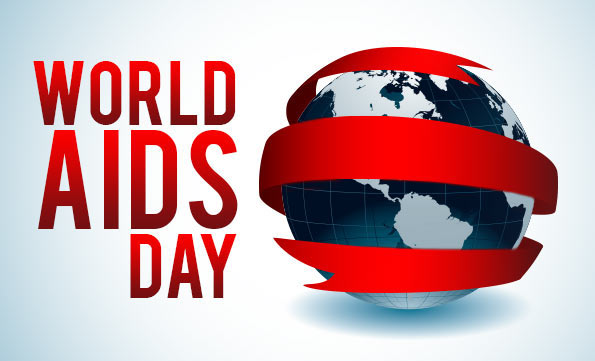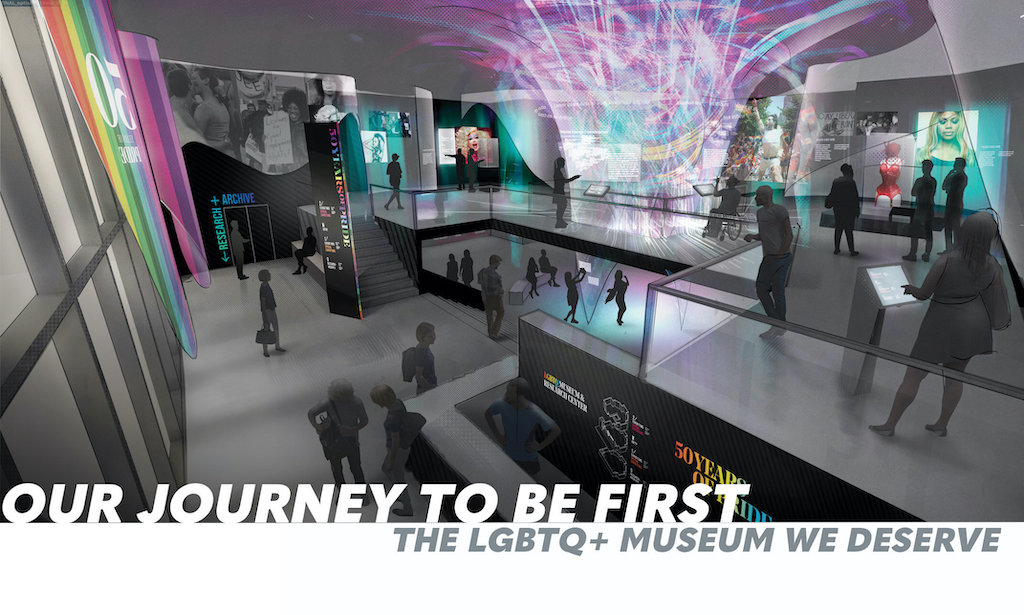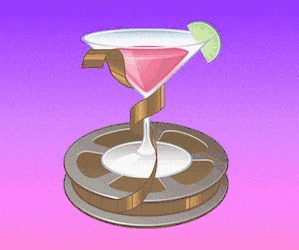
December 1 marks World AIDS Day, an international day of awareness for the AIDS pandemic that has been observed every year since 1988.
The very first World AIDS Day was conceived in 1987 by James W. Bunn and Thomas Netter, public information officers for the Global Programme on AIDS at the World Health Organization in Geneva, Switzerland, and was first observed in 1988. The date of December 1 was selected to maximize media coverage on the theory that it would be sufficiently after the elections in the U.S. (which are held on the first Tuesday after the first Monday in November), but still far enough before the Christmas holidays to still capture the attention of the news media.
The multiyear international theme since 2012 is “Getting to Zero: Zero new HIV infections. Zero deaths from AIDS-related illness. Zero discrimination.” The theme for the United States for 2014 is “Focus, Partner, Achieve: An AIDS-Free Generation.”
Globally, approximately 35.3 million people are currently living with HIV, including about 1.2 million people in the United States. According to the San Francisco AIDS Foundation, about 200,000 people in California have contracted HIV/AIDS and 90,000 have died since the epidemic began. About 109,000 Californians are currently living with HIV.
In San Francisco, a total of 28,793 San Francisco residents have been diagnosed with AIDS, which comprises 18% of California AIDS cases and 3% of cases reported nationally. There have been 19,341 reported AIDS deaths in San Francisco as of Dec. 31, 2010.
Although others had died of a mysterious “gay cancer” in New York and California, the first living patient in the United States to be officially diagnosed with what would later be called Gay-Related Immune Deficiency (GRID) and then Acquired Immune Deficiency Syndrome (AIDS) was a San Francisco resident, Ken Horne, who was diagnosed on April 24, 1980. The Shanti Project became the City’s first peer support group for people with AIDS on November 1, 1981, and the San Francisco AIDS Foundation was founded on April 1, 1982, opening their first office at 520 Castro Street.
The first AIDS Candlelight Vigil in San Francisco was held on October 8, 1983. On October 1, 1985, Ruth Brinker founded Project Open Hand to provide meals for people with AIDS after learning that a neighbor of hers had died of malnutrition. Exactly one year later, Cleve Jones created the first panel of the AIDS Memorial Quilt in memory of his friend, Marvin Feldman. The NAMES Project Foundation was formally created in June of 1987 to care for the ever-growing quilt.
The August 13, 1997 edition of the Bay Area Reporter made international news with their “No obits” headline, the first issue since the beginning of the epidemic where no obituary notices had been submitted, a resulting of medication improvements that slowed deaths from the disease.
Since 2007, the White House has always marked World AIDS Day by displaying a red ribbon, the symbol for AIDS awareness, on the North Portico. It is the first banner or symbol to be prominently displayed on the White House since the Lincoln Administration. The red ribbon was adopted as a symbol of HIV and AIDS awareness by the Visual AIDS Artists Caucus in New York in 1991, reportedly inspired by the usage of yellow ribbons during the first Gulf War. It was first publicly worn by actor Jeremy Irons at the 1991 Tony Awards. Red ribbons were first widely distributed at the Freddie Mercury Tribute Concert at Wembley Stadium in London on Easter Sunday, 1992.

